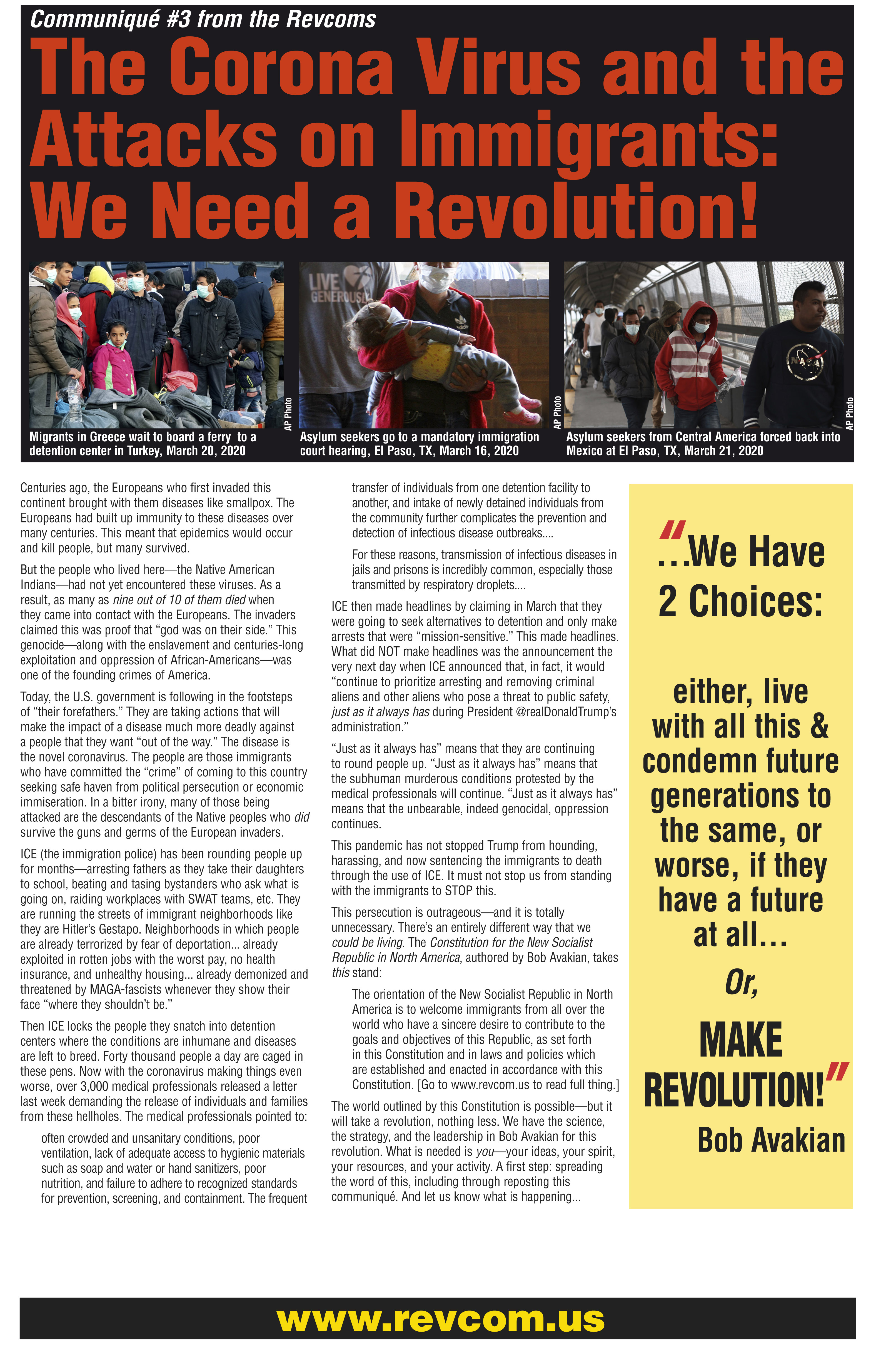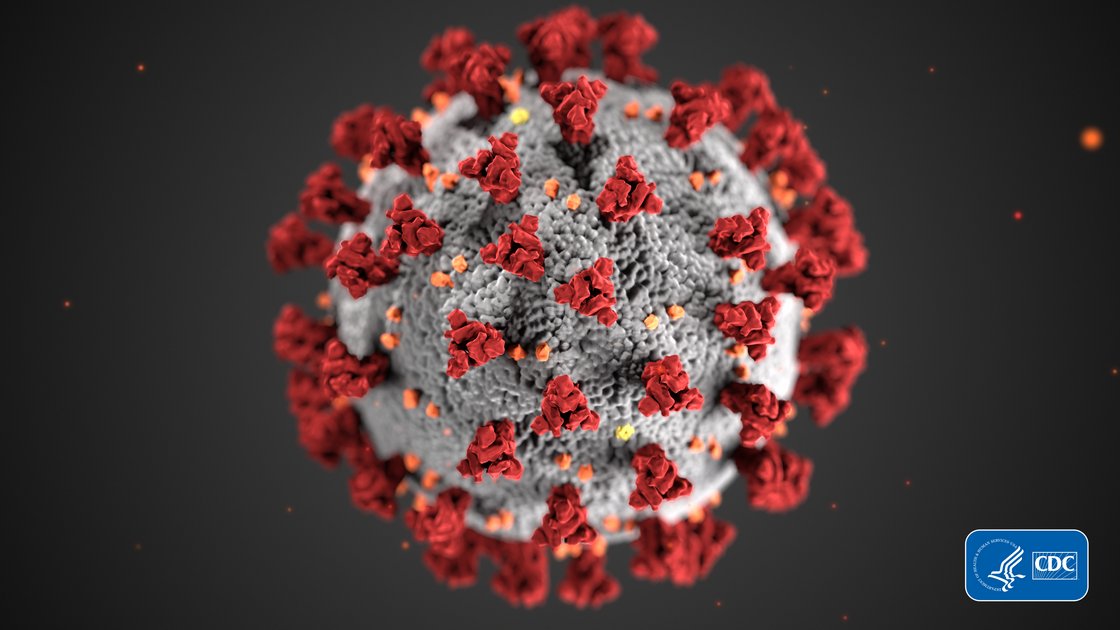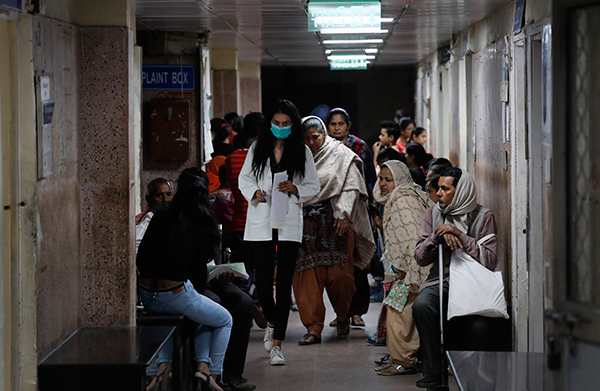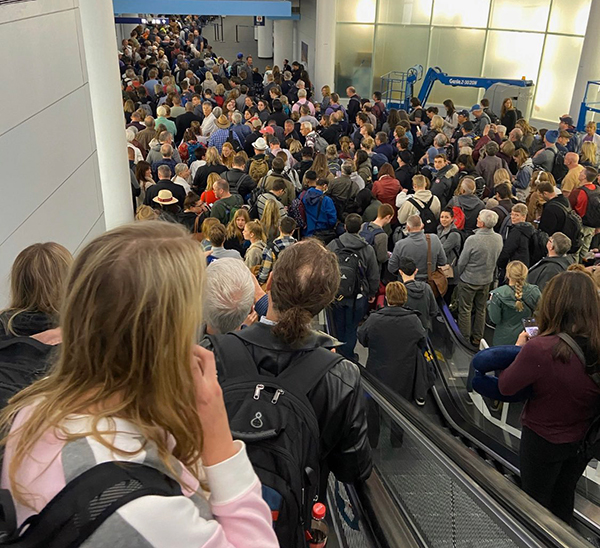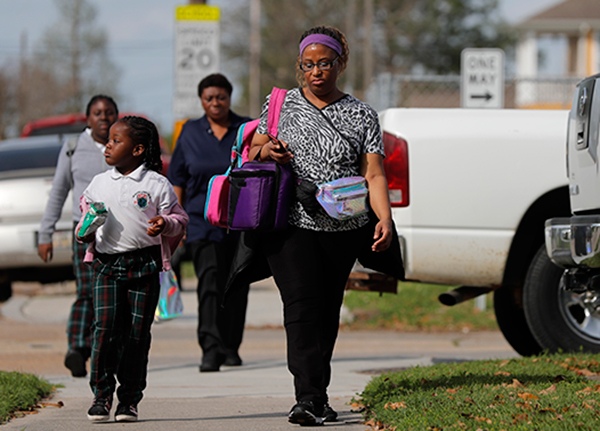What can be done to prevent these kinds of “worst case” scenario?
These kinds of major health disasters are not inevitable. Public health professionals long ago developed a basic approach to combating epidemics that is effective, or at least very helpful, if implemented early. Covering this approach and best practices is beyond the scope of this article, but it includes at least two basic aspects:
The first step is “containment”—aimed at preventing the virus from becoming widespread in the population. Public health organizations use testing to identify who has the disease. When they find an infected person, they interview them to find out how they contracted it and who they have come in contact with since. Then they go to all those people, test them, and if infected go through the same process. All the infected people are placed in treatment, but under quarantine (isolation) until they recover, or die.
If this is carried out right away, it is possible to cut off spread of the virus pretty quickly. And some countries have apparently done this successfully with coronavirus, so far.
But China—where COVID-19 first appeared—initially tried to cover up and downplay the outbreak, waiting weeks to report the new disease to the WHO. Soon after that, things got out of control, with tens of thousands of infections and thousands of deaths in the province of Hubei and its capital, Wuhan. As that started to happen, Chinese officials did move decisively to halt the spread. They combined massive “containment” strategies (testing, tracing, isolating infected individuals) with the second step of epidemic control, which is known as the “mitigation” stage. They did this in a highly repressive manner, consistent with the nature of this regime, which has not been genuinely socialist since the mid-1970s.5
“Mitigation” means trying to slow the spread of the virus by “social distancing” (drastically limiting contact between people) and by promoting good hygiene, such as frequent handwashing. (See box “What can people do to avoid contracting or spreading the virus?”) If done successfully, this increases the ability of the healthcare system to handle the lower numbers of sick people, saving more lives and further reducing new infections. “Mitigation” doesn’t stop the disease, but it makes it more manageable and less damaging. And it buys time so that scientists can develop better treatments and vaccines.

This also means potentially locking down entire areas, closing factories, stores, businesses, and ordering people to stay in their homes for many weeks. This was done in China, and similar measures are now being taken in Italy, France, and other European countries, and in increasing numbers of states and cities in the U.S., including California, New York, and Illinois. But in each case authorities delayed taking these steps until the virus was widespread. And in the U.S. even now, many cities, states, and areas that have hundreds of confirmed cases (which means thousands of actual cases) are taking little or no action to combat the disease, making it very likely that the disease will spiral out of control there as well.
Measures like these are often necessary for public health. They are also subject to abuse by oppressive and repressive governments, including that of the U.S. This contradictory situation requires people to ask critical questions, make an overall analysis, and act on the basis of the answers. Those questions could include among others: Is there a sound scientific basis for the measure? Is the measure medically required? Is it being carried out in a repressive manner? Are already existing social inequities and oppressive social relations being further reinforced and heightened?
Even though the COVID-19 crisis erupted in China in December, the U.S. took almost no steps to prepare for the coming epidemic. For the first six weeks of the virus’ spread there was virtually no testing done. As of March 14, fewer than 20,000 people had been tested in the U.S., while 248,000 had been tested in South Korea, a country with 16 percent of the U.S. population. The lack of testing made it impossible to carry out the “containment” stage in the U.S.—if you don’t have any idea who has the virus you can’t trace and isolate the people they infected. So, effectively, the virus was allowed to spread, uninhibited by any serious intervention. At this point we have no clear idea of how many people have the disease in the U.S. This means that the “mitigation” stage is even more urgent to avoid scenarios of massive infection, collapse of the healthcare system, and deaths.
